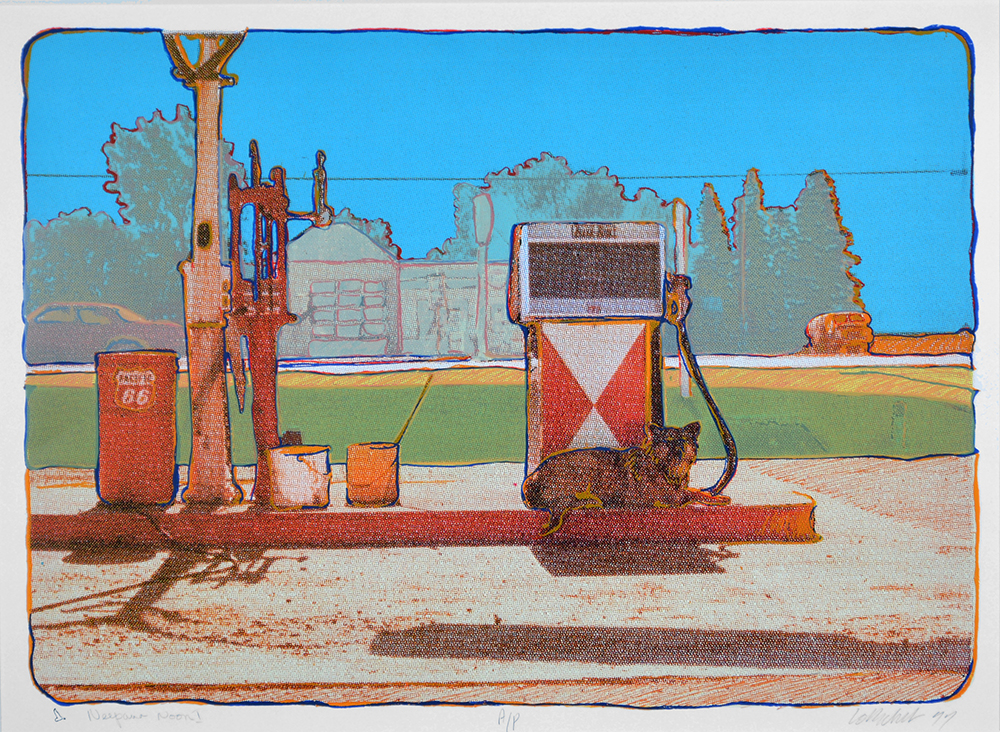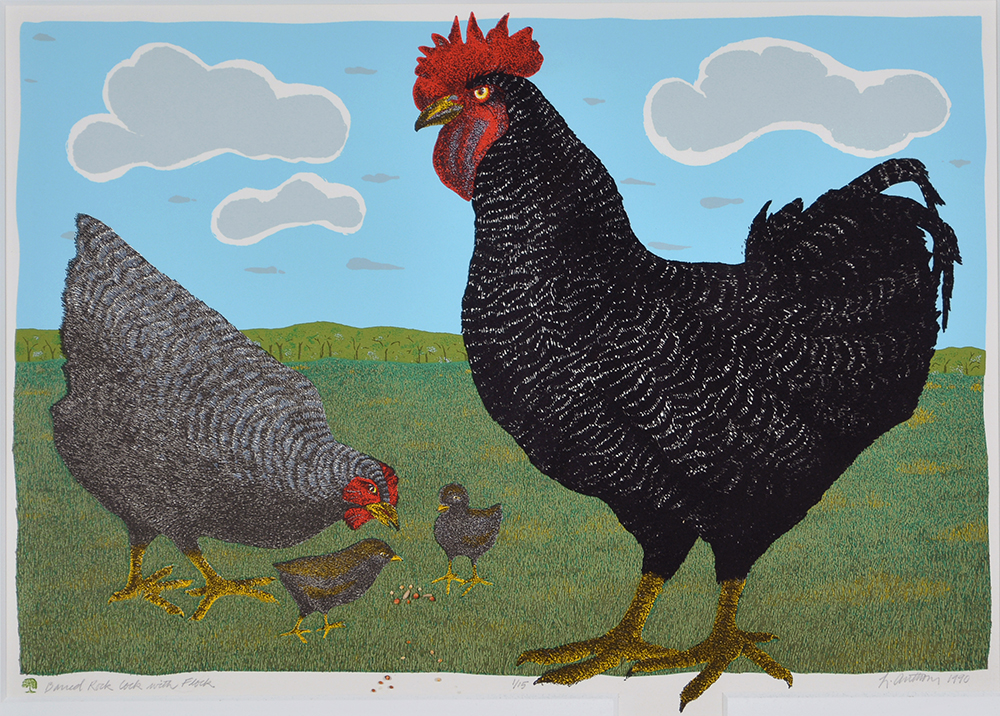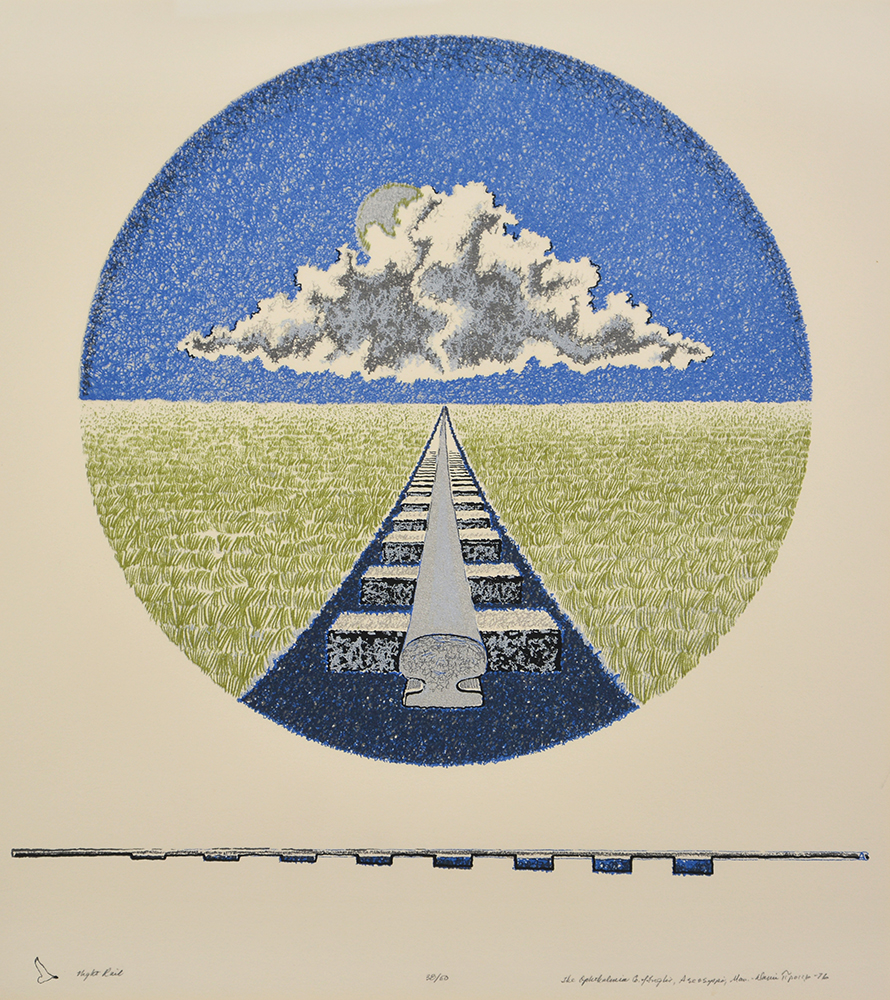The Grand Western Canadian Screen Shop
The Grand Western Canadian Screen Shop (GWCSS) was founded by artist Bill Lobchuk in Winnipeg in 1968. It became a central focus of the art scene in Winnipeg and in western Canada. It was a point of inflection and new developments both for artists themselves, and arts policy in Canada.
GWCSS was itself an innovation in a few ways. It was the first artist-run centre in the prairies, and the first ‘atelier-style’ print shop in Canada. This meant there were master printmakers and they collaborated with apprentice printers. They would also work directly with artists who came in with a vision.
The master/apprentice model was both a rejection of the current formal education model and of the isolated work of artists at the time. The space was both an opportunity for learning and growth and for discussions of art and artistic thought. Local artists would come in to work, or just to hang out. They would come in with some of the wildest new ideas they could think of for technique and materials. Metal and graphite powders, 3D elements, black light effects, etc. The printers did not see an inconvenience. It was instead a fun challenge and learning opportunity. Artists participated in the actual silkscreening process to varying degrees. Together they would push the limits of printmaking.
It was also a focus for collaborations between prairie artists. Regina artists like Thauberger, Fafard, Yuristy, and Cicansky came to Winnipeg and made work. They developed a friendly rivalry with the Winnipeg artists, culminating in a hockey game at Thauberger’s house. They also brought their own ideas for experimentation. Thauberger, for example, wanted to make prints with flocking, which proved difficult but possible. Two folios were produced for sale at GWCSS, including work from Winnipeg and Regina artists. The first sold much better than the second, but both were worthy collaborations.
GWCSS was ahead of the curve not only in printmaking but their position in the art world. They worked with the Canada Council Art Bank, participating in projects where artists across Canada would make work at print shops outside their regions. They were also an early home of CARFAC (Canadian Artists’ Representation). Through their advocacy, they improved copyright law. They also brought about the idea (and subsequent requirement) of paying artists for exhibitions and rentals of their work.
GWCSS artists included Lobchuk, his business partner Lenard Anthony, and Don Proch. Each of them had their own ideas, but brought a shared sort of prairie sensibility to the work. Proch once stated that his work was not really trying to depict prairie scenes, but prairie values.
The Grand Western Canadian Screen Shop closed in 1987. This was partly due to increased competition and reduced funding, but primarily because the goal had been achieved. The form had been experimented with, and its boundaries had been pushed. Printmaking itself had finally been properly recognized and respected as an art form.
See Bibliography for sources.





